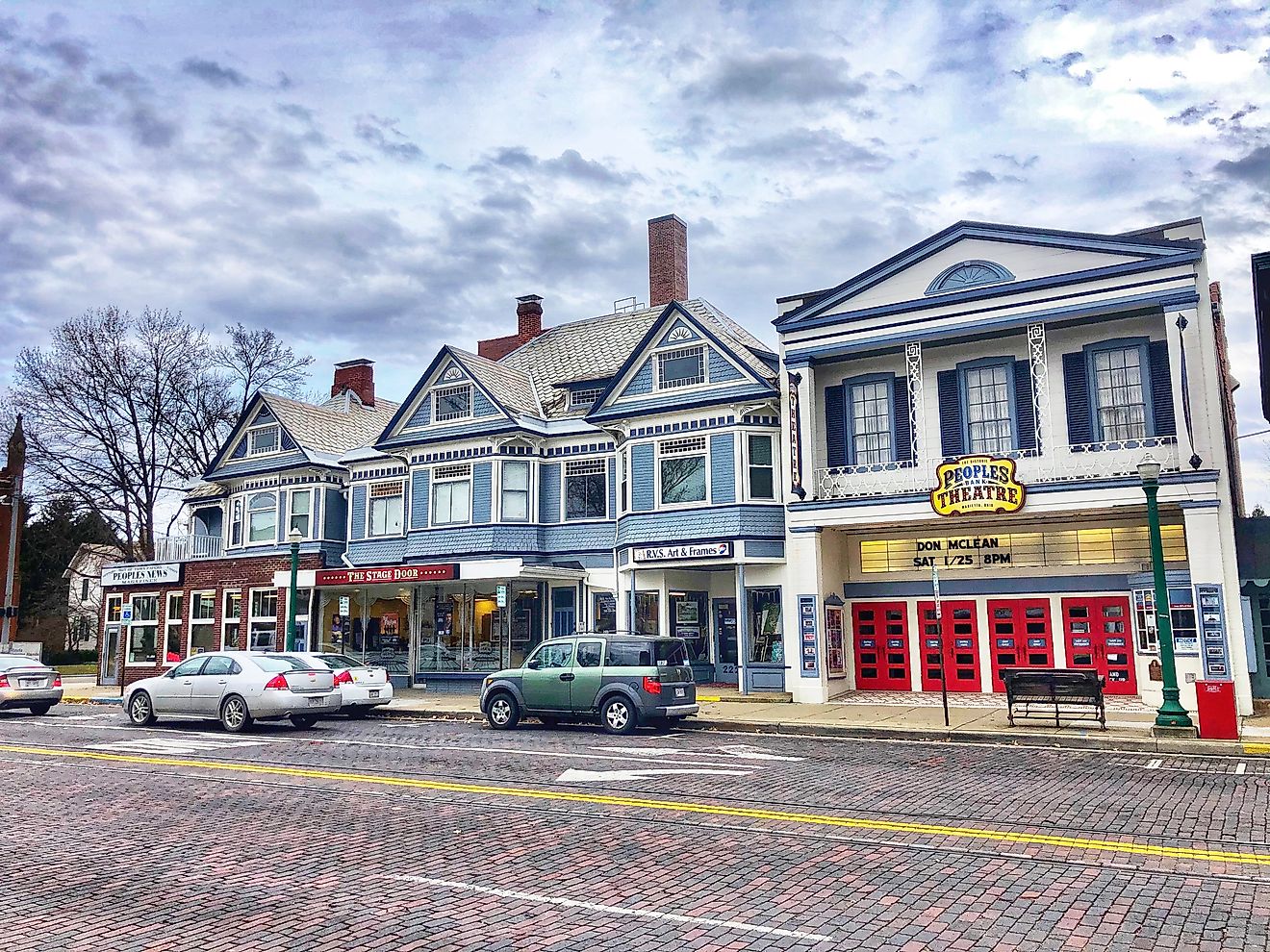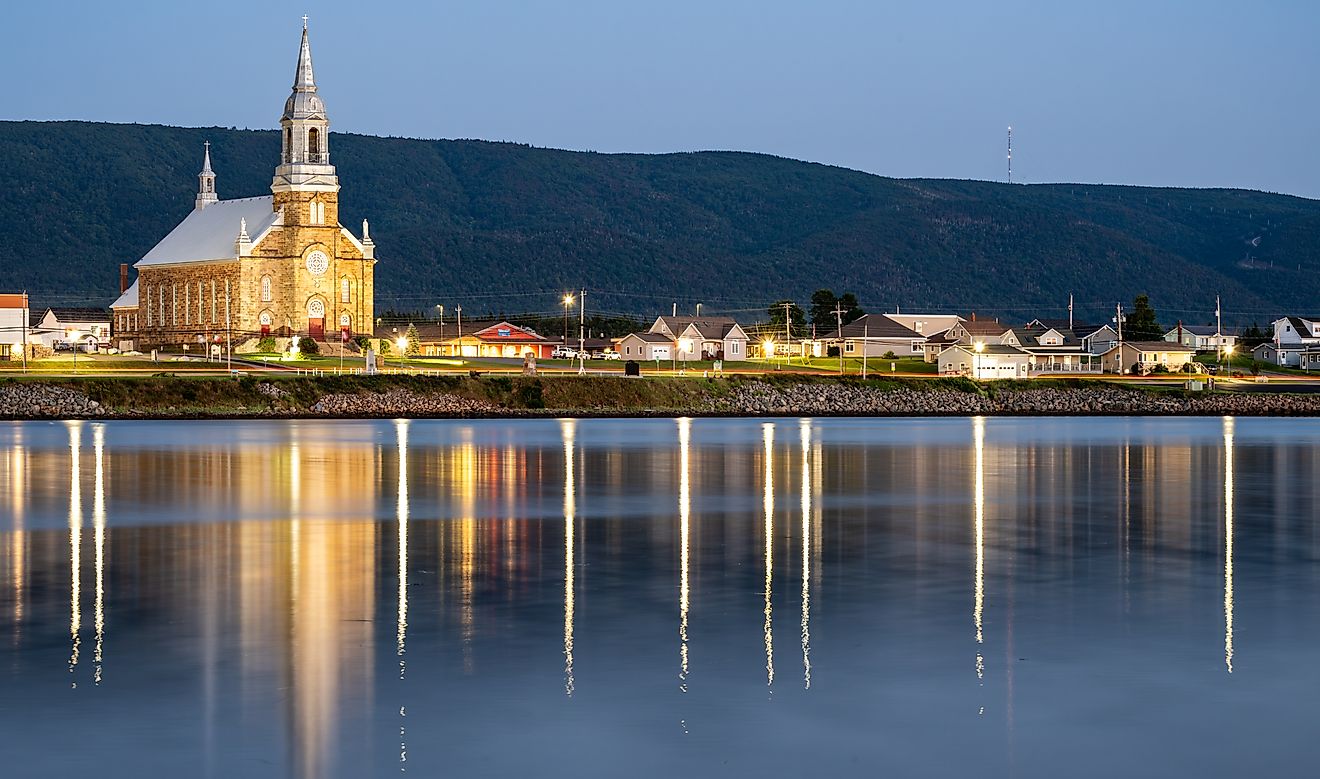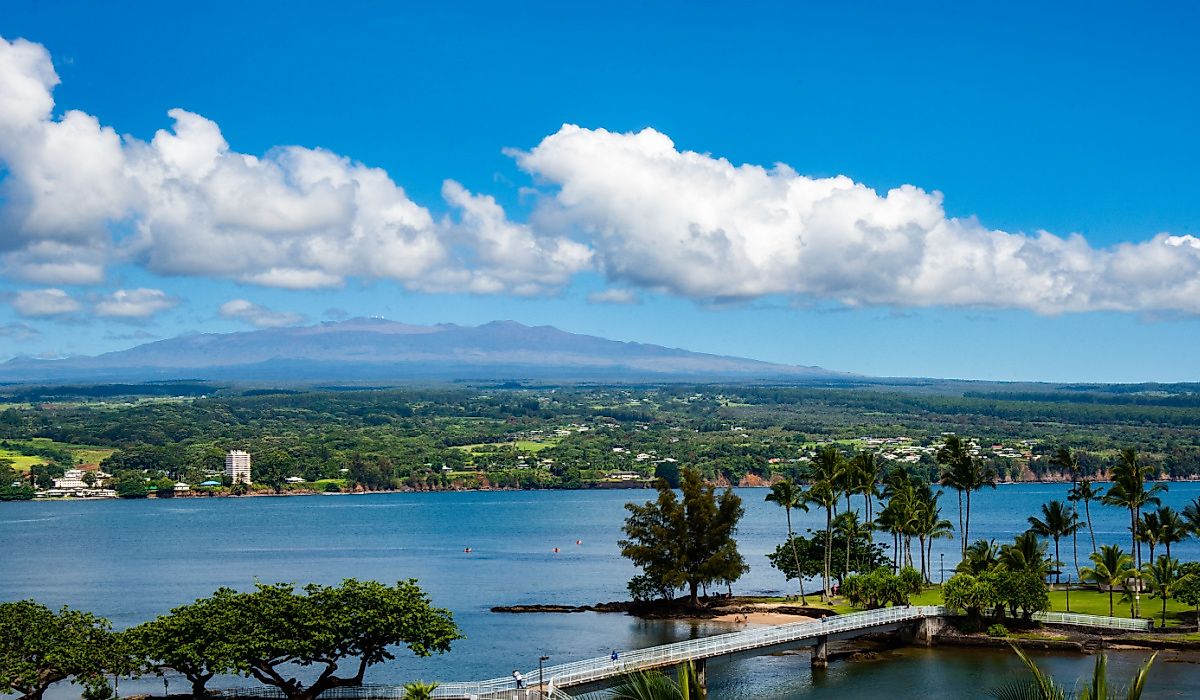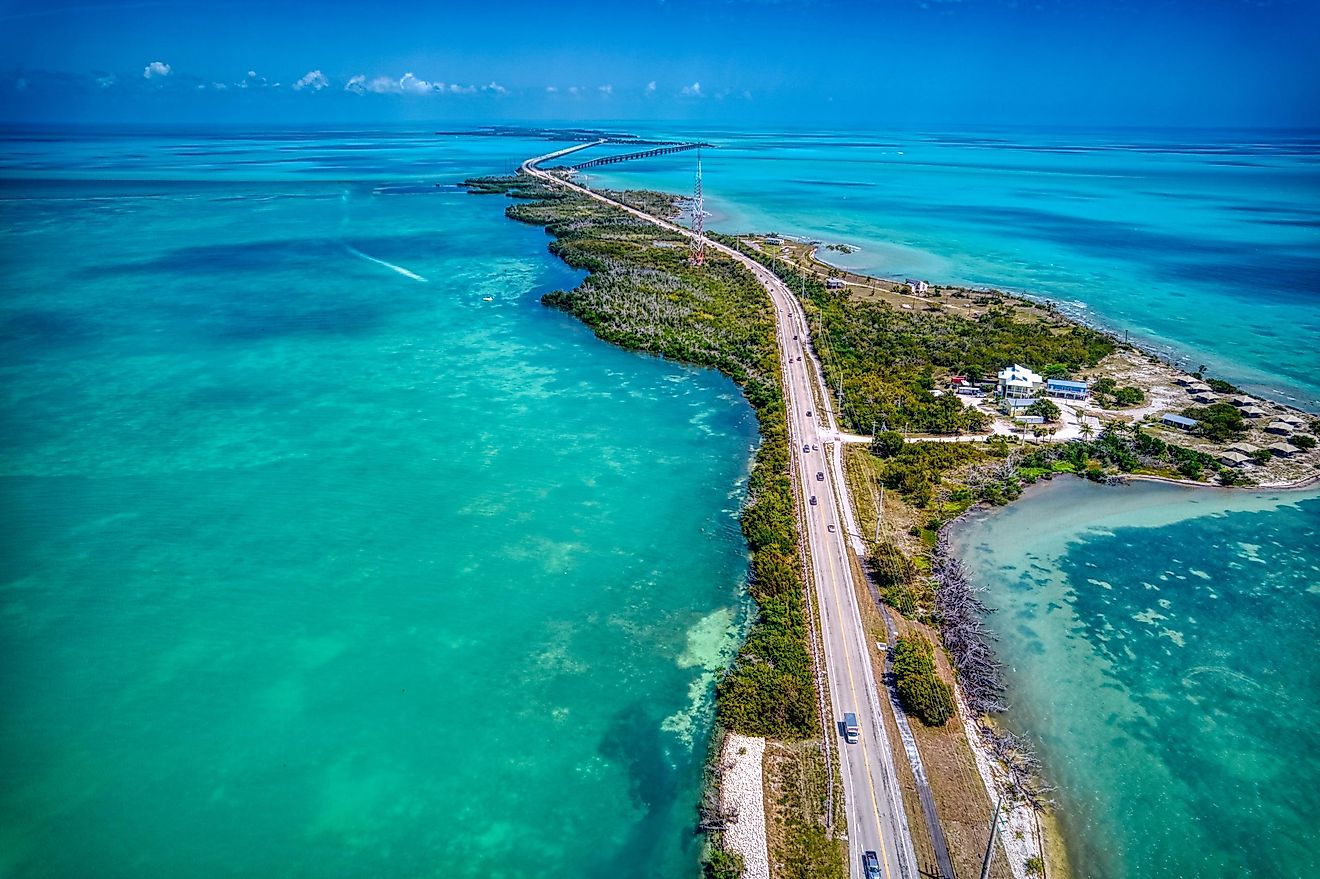UNESCO World Heritage Sites In Tunisia
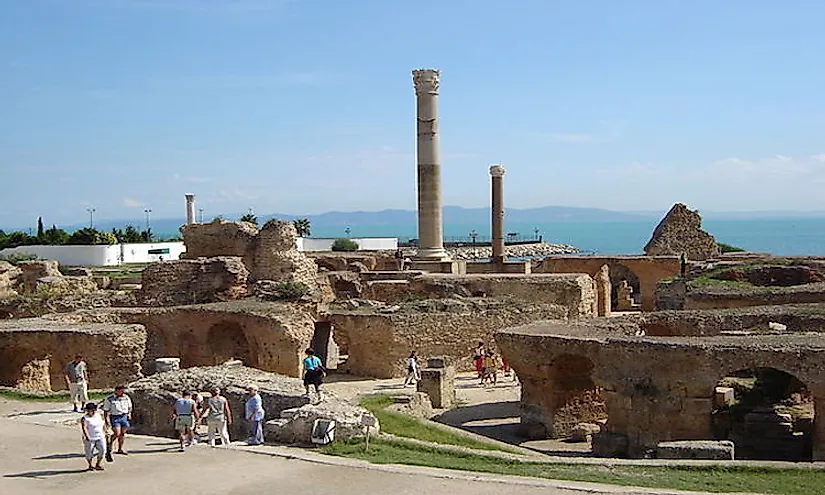
Some of Tunisia's sites trace their history back to the Punic Carthaginians whose empire rivaled the Romans across the Mediterranean. Most of the heritage sites bear witness to civilizations that existed during the Ifriqiya and Maghreb monarchies. The sites were the main cities in the Tunisia expressing the culture of people that lived way before the birth of Christ. The architecture of the sites is solely Muslim artistic work and architectural design. The monuments of Tunisia contribute a lot to the economy as people travel from different parts of world to bear witness to an ancient Islamic history that has survived over the centuries
UNESCO World Heritage Sites In Tunisia
El Jem Amphitheater
El Jem is the largest coliseum masterpiece in North Africa, and it is a huge Amphitheater capable of holding more than 35,000 spectators. The amphitheater dates back to the 3rd century a clear illustration of the Imperial Roman Empire. The statue built right in the heart of Tunisia has no foundation; rather it stands on a flat ground supported by intricate arches. The Roman architecture fused with Corinthian or Composite style makes the monument one of a kind historical site in Tunisia. The structure is an apparent semblance of the Roman propaganda. The inside of the structure; the podium wall, the arena, and underground passages, has retained its authenticity. The architectural components of the construction and the site were listed by UNESCO as a cultural World Heritage Site in 1979.
Carthage Archaeological Sites
Founded by the Phoenicians in the sixth century, the Carthage developed into a trading empire extending to most of the Mediterranean regions.In the Punic war, before its destruction 146 AD, Carthage civilization occupied territories belonging to Rome. The Carthage was the capital metropolis of the Punic culture in Africa where several cultures blossomed and mixed. There were Phoenicia-Punic culture, the Paleochristian, Roman, and Arab culture fusion. The city is the birthplace to the infamous Hannibal, the warrior and strategy genius. Also, Carthage was the capital city of the Vandal Kingdom and Byzantine province of Africa. The structure comprises of the Acropolis of Byrsa, Punic Ports and tophets, theaters, necropolises, a circus, residential area, the Antonin Baths and the Malaga cisterns. The Tophet was a sacred place dedicated to Baal. UNESCO declared the structure a World Heritage Site in 1979. Although recent urbanizations have partially altered the integrity of the site, most of the monument components are still intact.
Dougga (Thugga)
Thugga existed almost six centuries before the annexation of Numidia by Rome. Founded as the capital of Numidia, Thugga town flourished under the Roman and Byzantine rule and declined during the Islamic period. The ruins of the city represent 17 centuries old history of a Romanized Numidian culture, and to some extent touches of the Punic and Hellenistic cultures. The structure has monuments dating back to the 2nd and 3rd centuries. The site has retained its integrity and authenticity as a Roman architectural work. The site was listed by UNESCO as cultural World Heritage Site in 1997.
Kairouan
Kairouan located in Tunisia is the most ancient Arab-Muslim culture and the holy city of Maghreb. It served as the capital for the Ifriqiya for five centuries. The structure encompasses the Basins of the Aghlabids, the Medina of Kairouan, and Zawiya of Sidi Sahib. The Basins served as open-air reservoirs, conceived to provide water to the town, and dates back to the 9th century. The Medina is an urban representation comprising of dwelling quarters divided by narrow and winding streets. The ramparts surrounding it extend to more than 3 km. Zawiya is where the remains of Abu Djama are kept. The Great Mosque in the Medina was the first place of worship by the Maghreb and today it stands as a universal masterpiece built in the 9th century. The Mosque of Three Doors is the most ancient facade of the Islamic art. The Kairouan ensemble has been conserved without alteration. Although some parts have been renovated, the monuments intrinsic functional and structural authenticity is still intact. The site was named by UNESCO as a cultural World Heritage Site in 1988.
Medina Of Tunis And Medina Of Sousse
The Medina of Tunis was listed by UNESCO as a cultural World Heritage Site in 1979and it was a human settlement that came alive in 698 A.D. Built by the Maghreb, the city developed to become a center for several universally influential dynasties. Medina of Sousse, declared a World Heritage Site in 1988 by UNESCO, was a commercial and military port in the Aghlabids era of 800–909. The Medina, Bu Ftata Mosque, Kasbah, and Ribat, (a fort and religious building) served as coastal defense structures.
There is a law that protects and conserves all archaeological and historical heritage sites in Tunisia. The Heritage Code, in turn, examines all intervention around monuments while development plans of individual towns holding the archaeological sites preserve urban perspectives. Conservational units attached to the country’s National Heritage Institute are also responsible for conserving the heritage sites of Tunisia.
UNESCO World Heritage Sites In Tunisia
| UNESCO World Heritage Sites in Tunisia | Year of Inscription |
| El Jem Amphitheater | 1979 |
| Carthage Archaeological Sites | 1979 |
| Dougga (Thugga) | 1997 |
| Kairouan | 1988 |
| Medina of Sousse | 1988 |
| Medina of Tunis | 1979 |
| Kerkuane Punic Town and Necropolis | 1985 |
| Ichkeul National Park | 1980 |






